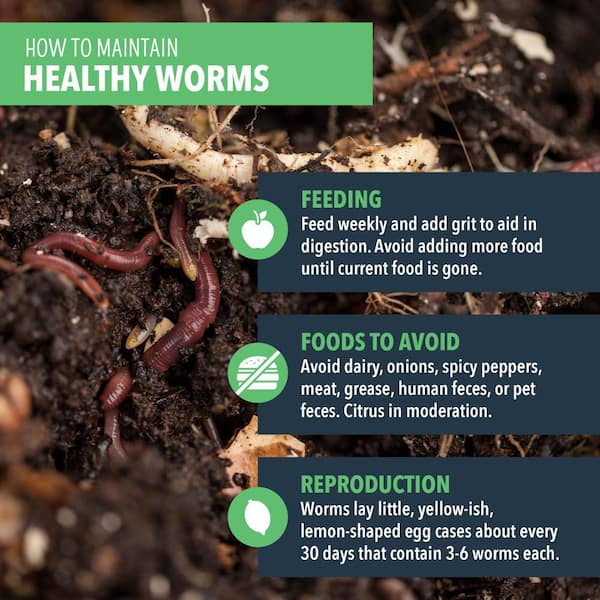Facts About North Carolina Worms Uncovered
Table of ContentsGetting My North Carolina Worms To Work7 Simple Techniques For North Carolina WormsAn Unbiased View of North Carolina WormsThe Best Guide To North Carolina Worms
Instance: 1-gallon of worm spreadings to 4 gallons of potting mix. 1/2 mug in the bottom of the planting opening for smaller sized plants. 1 cup for larger plants.
The addition of tea can additionally include enhanced microbial biomass to your soil. You can constantly side-dress your plants with worm castings at any moment. Simply keep in mind, the microorganisms will certainly pass away if exposed to UV rays (Sunlight), so be certain to cover the castings with an inch or so of dirt.
This frustrated them for years until the screening methods ended up being better. It would obtain far better(with more spreadings), degree off, and after that decline. As well several worm castings would certainly increase the growth to a speed that the plant can not recover from.
Getting The North Carolina Worms To Work
I have clarified the merits of worm castings for about 2000 words. Worm spreadings are no various. It takes time to develop high quality worm castings.
You can buy them which results in number two. Worm castings absolutely set you back more than chemical fertilizers. Nevertheless, worm castings are on the cheaper end of natural plant foods. You will need to choose what is more crucial. It is very easy to create percentages of worm castings. (50 gallons per year) It is a much tougher and extremely pricey financial investment to produce large amounts of worm spreadings (Where to buy worms in NC).

Developing a healthy dirt may be the best benefit of worm spreadings. We went over worm castings NPK and additionally the appropriate nutrient evaluation that ought to use to worm spreadings.
The Single Strategy To Use For North Carolina Worms
We spoke regarding some of the negative aspects linked with worm spreadings. I covered a whole lot of product in this write-up.
The vertical burrows are generally open, although the worms cap the leading with deposit and excrement. Roots require oxygen for their development, whereas they create carbon dioxide that needs to leave the soil.
Earthworms raise porosity by 2 systems: (1) by creating permanent burrows, and (2) by improving soil gathering. Gathering is enhanced by the blending of soil and organic matter in the earthworms' digestive tracts. Lake Rhodhiss Bait. These extremely secure accumulations are deposited by some earthworms in their burrows, and by others at the surface area of the soil


In another research, earthworms were approximated to eat 4 to 10 percent of the leading 6 inches of the soil yearly. This only goes to reveal the massive quantities of dirt that can be refined by earthworms. Soil compaction reduces the porosity of the soil. Since earthworms boost porosity, they lower the effects of compaction.
All About North Carolina Worms
Normal earthworm populations can easily eat 2 lots of completely dry matter per acre per year, partially digesting and mixing it with dirt. The significance of earthworms to mix surface residue with dirt comes to be extremely clear in soils that do not have any earthworms. A lot of our Pennsylvania soils have at the very least some earthworms, and the impact of their complete lack, for that reason, can not be noted.
(https://1businessworld.com/pro/northcarolinaworms/)In these soils, the formation of topsoil with sensible raw material material did not occur, leading to bad crop growth. Once the cause was developed, the federal government of the Netherlands began a project to present earthworms. After the introduction of the earthworms, a dark topsoil layer was developed, and crop growth increased substantially.
They live primarily from partially broken down raw material that is currently integrated in the soil. They eat their way through the dirt, developing straight burrows that they full of their excrement. These species consume huge amounts of soil that they mix with digested plant deposit in their digestive tracts. or anecic types reside in permanent upright burrows that can be 5 or 6 feet deep.
These varieties ingest significant amounts of dirt that they mix with absorbed deposit in their guts. Their waste matter is mainly transferred at the surface of the dirt.